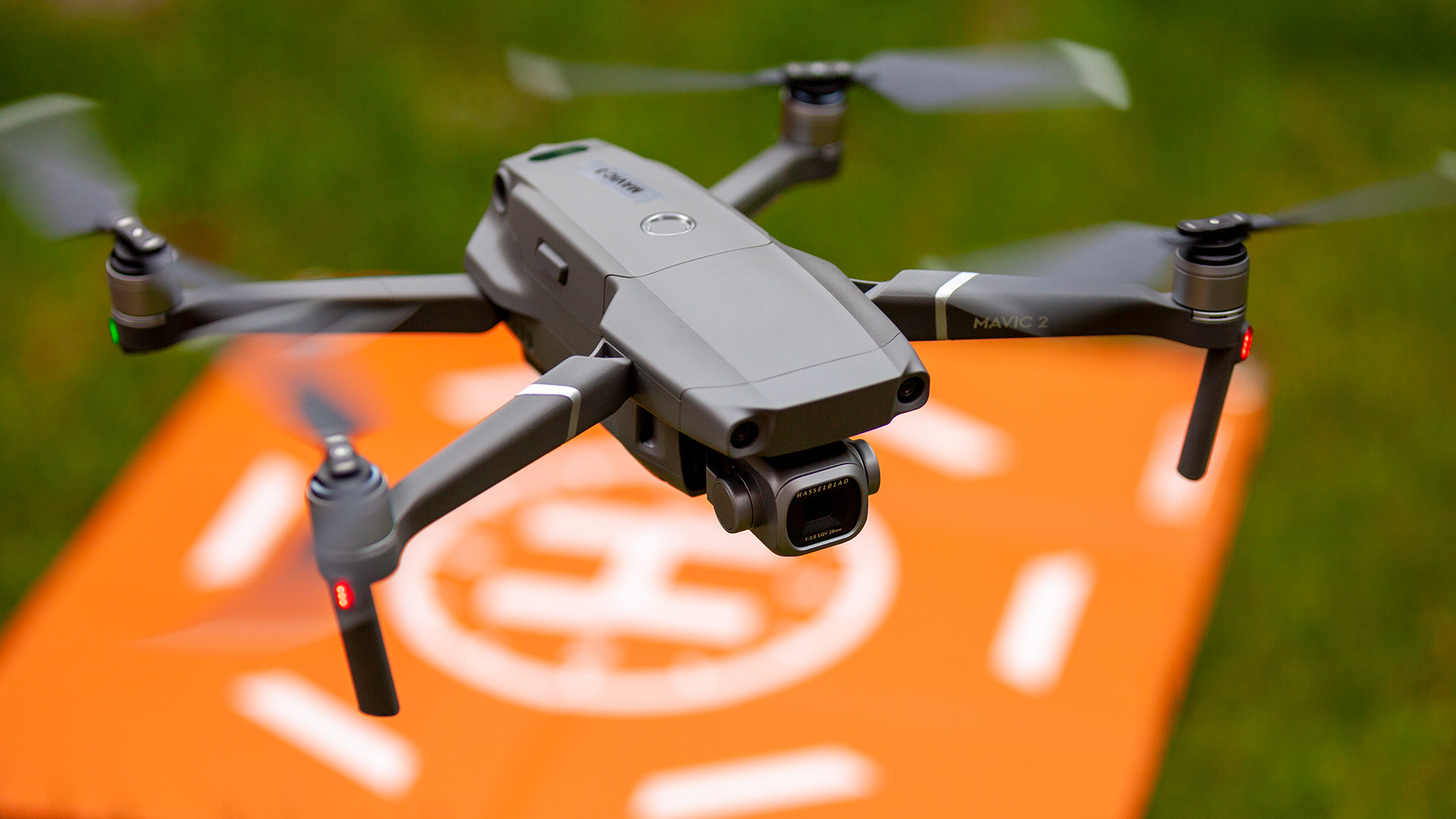Read Time 6 mins
25/05/2023

Disclaimer: A Commitment to Just Culture and Learning
Please note that the purpose of this blog post is not to criticise, blame or assign fault to any individual or organisation involved in the drone accident discussed in the AAIB report. Our intent is to promote a just culture, where safety incidents are openly analysed and shared for the purpose of learning and improving safety practices within the drone industry.
We believe that by fostering an environment where people feel comfortable discussing and learning from accidents and near misses, we can collectively enhance safety standards and contribute to the ongoing development of best practices in drone operations.
We encourage all readers to approach the analysis presented in this blog post with an open mind, focused on the shared goal of learning and improvement for the benefit of all stakeholders in the drone community.
Introduction
A recent drone accident during a film shoot, where an actor ran into one of the Unmanned Aircraft's (UA) propellers, provides valuable insights into the human factors that contributed to the incident. Although the injuries were superficial, this case serves as a crucial reminder of the importance of understanding human factors in drone operations and implementing comprehensive preventive measures.
Detailed Analysis of Human Factors Issues
Several human factors issues contributed to this incident, which can be further broken down into:
- Regulatory Ambiguity: The CAA's CAP722 document, which provides guidance for operating Unmanned Aircraft Systems (UAS) in UK airspace, is ambiguous about the UAS operator gaining explicit consent from involved third parties for operating in close proximity to a UA. This lack of clarity may have led to inadequate communication and coordination between the drone operator, film crew and actors.
- Time Pressure: The quick transition between film shoots, compounded by the complexity of coordinating a large group of actors and horses, may have led to reduced situational awareness and increased cognitive workload for the remote pilot and other personnel. This could have resulted in diminished attention to critical safety aspects.
- Unexpected Actor Movement: Despite being briefed on the correct path to follow during the scene, the actor deviated from this path and moved unexpectedly into the UA's flight path. This deviation could be attributed to a lack of understanding or miscommunication during the safety briefing, or a momentary lapse of attention during the scene.
CAA's Response and Future Guidance
In response to this incident, the Civil Aviation Authority (CAA) has acknowledged the need to review and amend its guidance on Unmanned Aircraft Systems (UAS) operation in UK airspace. The updated guidance is expected to provide clearer instructions on obtaining explicit consent from involved third parties for operating in close proximity to a UA. This should help clarify expectations and responsibilities for all parties involved in future drone operations, ultimately enhancing safety.
Preventive Measures and Recommendations
Based on the lessons learned from this incident, the following preventive measures have been implemented by the UAS operator and film director. Additionally, we provide recommendations for further enhancing safety during drone operations:
- Improved Safety Briefings: Ensure comprehensive safety briefings for all personnel involved in the film shoot, including actors, production staff and drone operators. Briefings should cover the UA's flight path, positioning and any potential hazards. Actors should be given clear instructions on their paths and the importance of adhering to them.
- Clear Communication: Establish clear communication channels between the remote pilot, film crew and actors to maintain situational awareness throughout the shoot. This includes discussing any changes to the scene or flight path and ensuring that all parties are aware of the UA's position and movements at all times.
- Establish Safety Zones: Define and maintain safety zones around the UA during operation, ensuring that only essential personnel are allowed within the designated areas. These safety zones should be communicated clearly to all parties involved in the shoot and measures should be in place to enforce adherence to these zones.
- Use of Visual Aids: Employ visual aids, such as high-visibility markings on the UA, to enhance its visibility for actors and crew. Additionally, consider using a safety spotter dedicated to monitoring the UA's position and proximity to personnel during filming, who can alert the remote pilot and others if necessary.
- Regular Breaks and Mental Readiness Checks: Schedule regular breaks between shoots and conduct mental readiness checks for all personnel, including remote pilots, film crew and actors. This can help manage cognitive workload, reduce fatigue and ensure that all individuals are focused and alert during critical operations.
- Continuous Training and Evaluation: Implement ongoing training programs for drone operators, focusing on enhancing situational awareness, communication and decision-making skills. Regular evaluations can help identify areas for improvement and ensure that operators are well-prepared for complex filming scenarios.
By addressing these human factors issues and implementing comprehensive preventive measures, the risk of accidents and injuries during future drone operations can be significantly reduced. This case serves as an important reminder of the need for continuous learning and improvement in safety practices within the rapidly evolving field of drone technology.